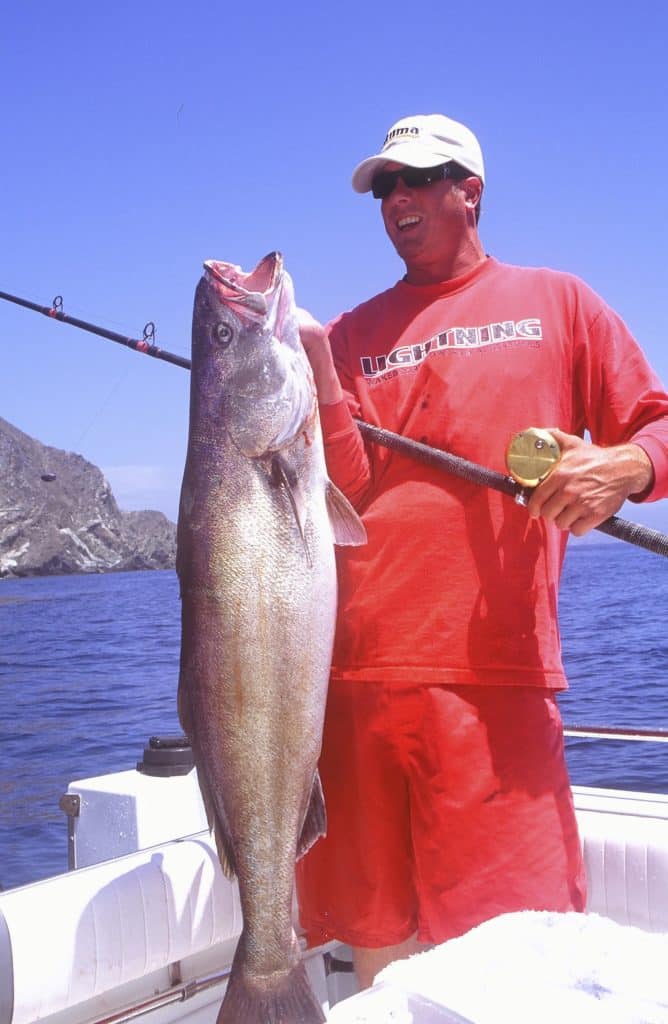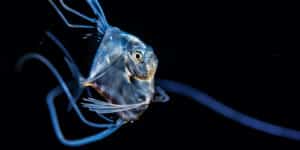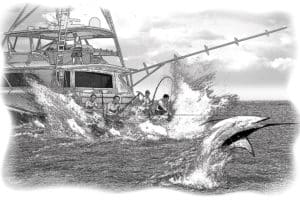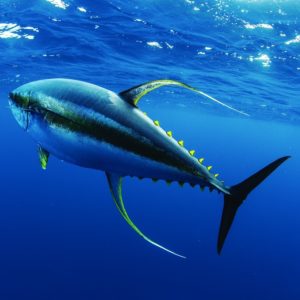
Don’t Give Up Your Rights to Catch Fish Like This
California’s Fourth District Court of Appeal this week ruled against the Coastside Fishing Club in its appeal to overturn California’s Marine Life Protection Act (MLPA) implementation plan that establishes the nation’s largest network of marine reserves and no-fishing zones. The group had sued, arguing that the rules went too far and violated state law, but the appeals court was unconvinced and so has allowed the implementation to stand.
Speaking as a saltwater angler and board member of Coastside’s sister organization in the south, United Anglers of Southern California, this is disappointing, but not unexpected, news. The fix has been in from the very beginning of the **MLPA implementation process — **a process funded and directed behind the scenes by environmental organizations. I believe with my very being that funding of public processes by special interests is fundamentally inappropriate — tantamount to allowing convicts to hire their own warden and prison guards.
From 2007 to 2012, the state Fish and Game Commission set up 124 new reserves along California’s 1,100-mile coast from Oregon to Mexico. The reserves ban or limit fishing in roughly 16 percent of state waters from the shoreline out to three miles offshore. The idea behind marine reserves, which are supported by organizations such as the Monterey Bay Aquarium, is to create national parks of the ocean. But what supporters fail to realize is that you can fish in national parks.
Also, the marine protect areas (MPAs) have been established largely in the best fishing areas. “What they did was like saying, ‘We’re only going to close 8 percent of California to driving, but it’s the 8 percent with roads,'” said Marc Gorelnik, an attorney for the Coastside Fishing Club.
The club, which has about 10,000 members who are recreational fishing enthusiasts, sued in 2010. It challenged the way the state Fish and Game Commission wrote the rules for the “North Central” section of the California coast, stretching from Pigeon Point in San Mateo County north about 150 miles to Point Arena near Mendocino. In 2009, the commission approved new rules that banned or limited commercial and recreational fishing in 20 percent of state waters in the area. The rules took effect a year later.
The Coastside Fishing Club sued. It lost last year in Superior Court in San Diego, then fell short again on appeal this week.”Considering the enormous investment of time and effort by so many that went into their creation, we are loathe to hold the North Central Coast regulations invalid and undo the arduous process that resulted in their adoption absent a compelling reason to do so,” Associate Justice Terry O’Rourke of the San Diego-based Fourth District Court of Appeal wrote in a published opinion. His opinion sounds like a justification, a lazy excuse rather than a legal ruling.
Gorelnik said the Coastside Fishing Club has not yet decided whether to appeal to the state Supreme Court.
He said the organization supports healthy oceans and plans to release 160,000 juvenile hatchery chinook salmon off Half Moon Bay this month. “The threats to the ocean are not coming from recreational hook-and-line fishermen, but we’ve been an easy target,” he said. “We feel that the closures have not been adequately justified and effort has gone there that perhaps should have gone to more significant environmental threats, including pollution, sewage spills, agricultural runoff, and large diversions of water from the Delta.”
But Karen Garrison, co-director of the Natural Resources Defense Council, said that marine reserves are a proven tool for restoring the health of declining fish species. She noted that in February a group of scientists published a study showing that populations and sizes of several key species of fish, such as rockfish and lingcod, along with starfish, urchins, crabs and other sea life, have increased more in number and abundance in the protected areas established in 2007 between San Mateo and Santa Barbara counties than in unprotected ocean areas nearby. However, what she failed to mention was that the report also found that some species have declined in population compared to surrounding areas, as I reported here.
I, for one, hope the battle continues against what I consider the unlawful implementation of California Marine Life Protection Act. Environmental extremists hijacked the process, and unless continue to fight with all the resources we can muster, they will do it again. If we don’t fight, who will?
To read a more common sense approach to MPAs, check out Editor-in-Chief Doug Olander’s May 2013 editorial entitled [“What Palau Understands that California Doesn’t.”](/What Palau Understands That California Doesn’t)







